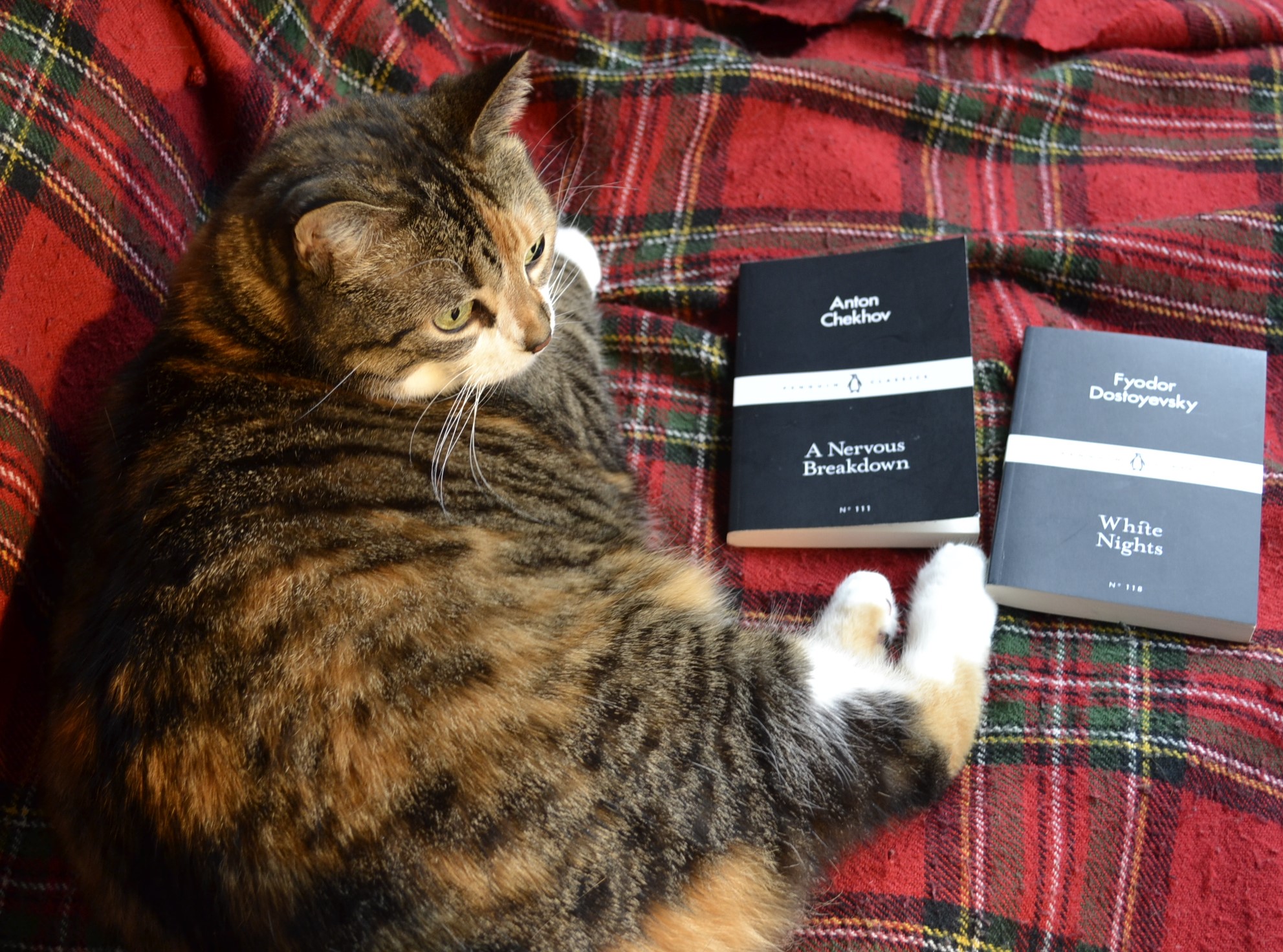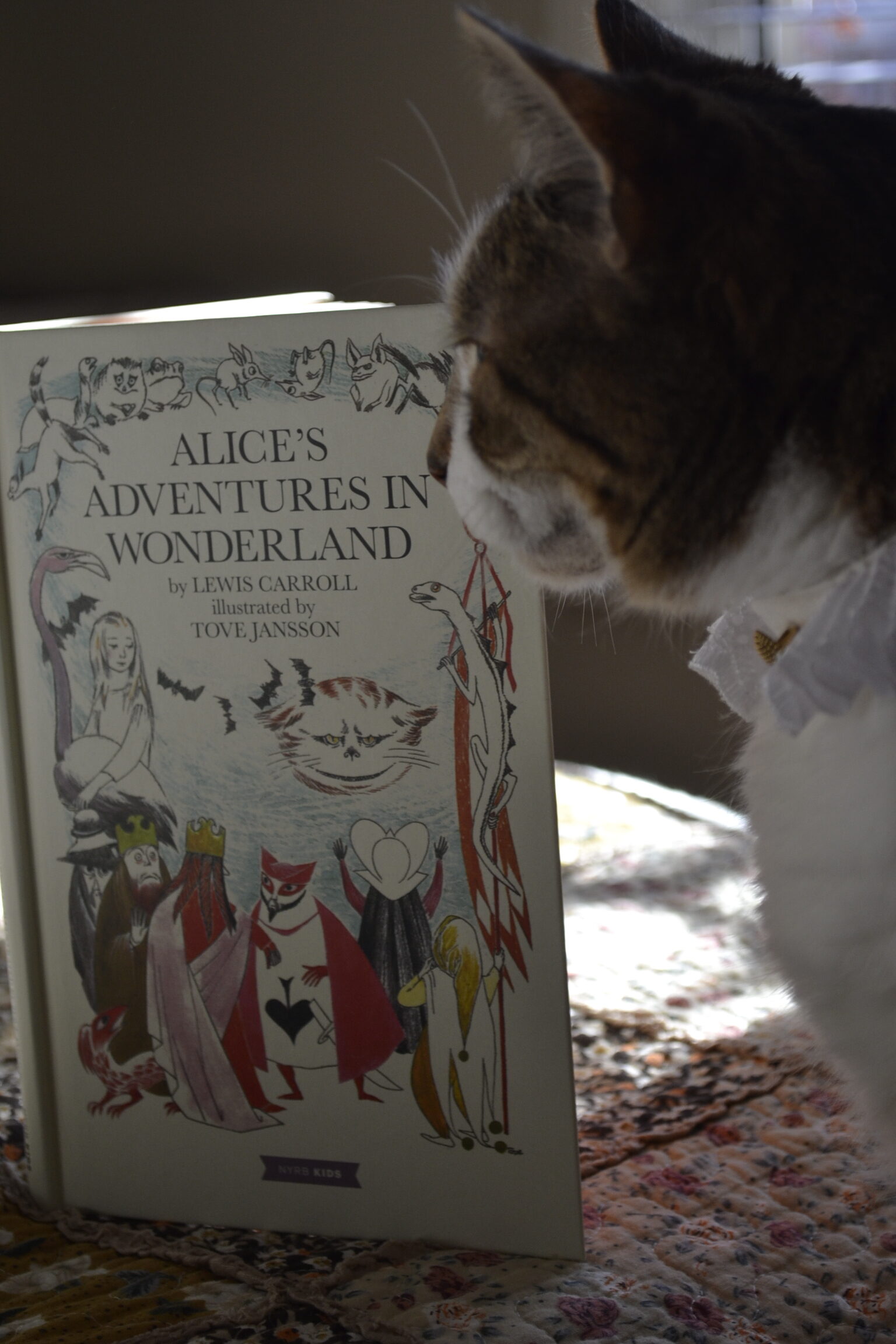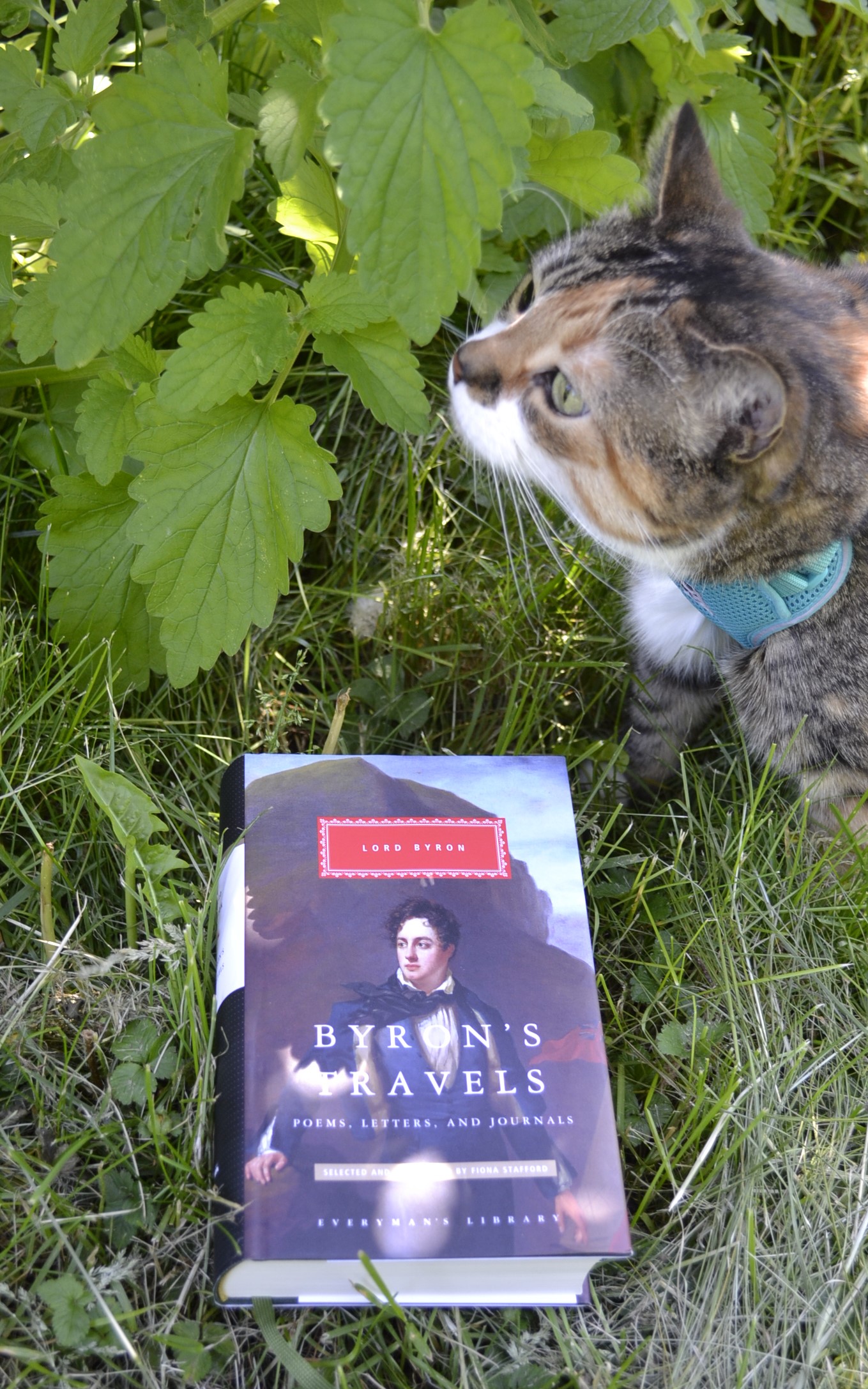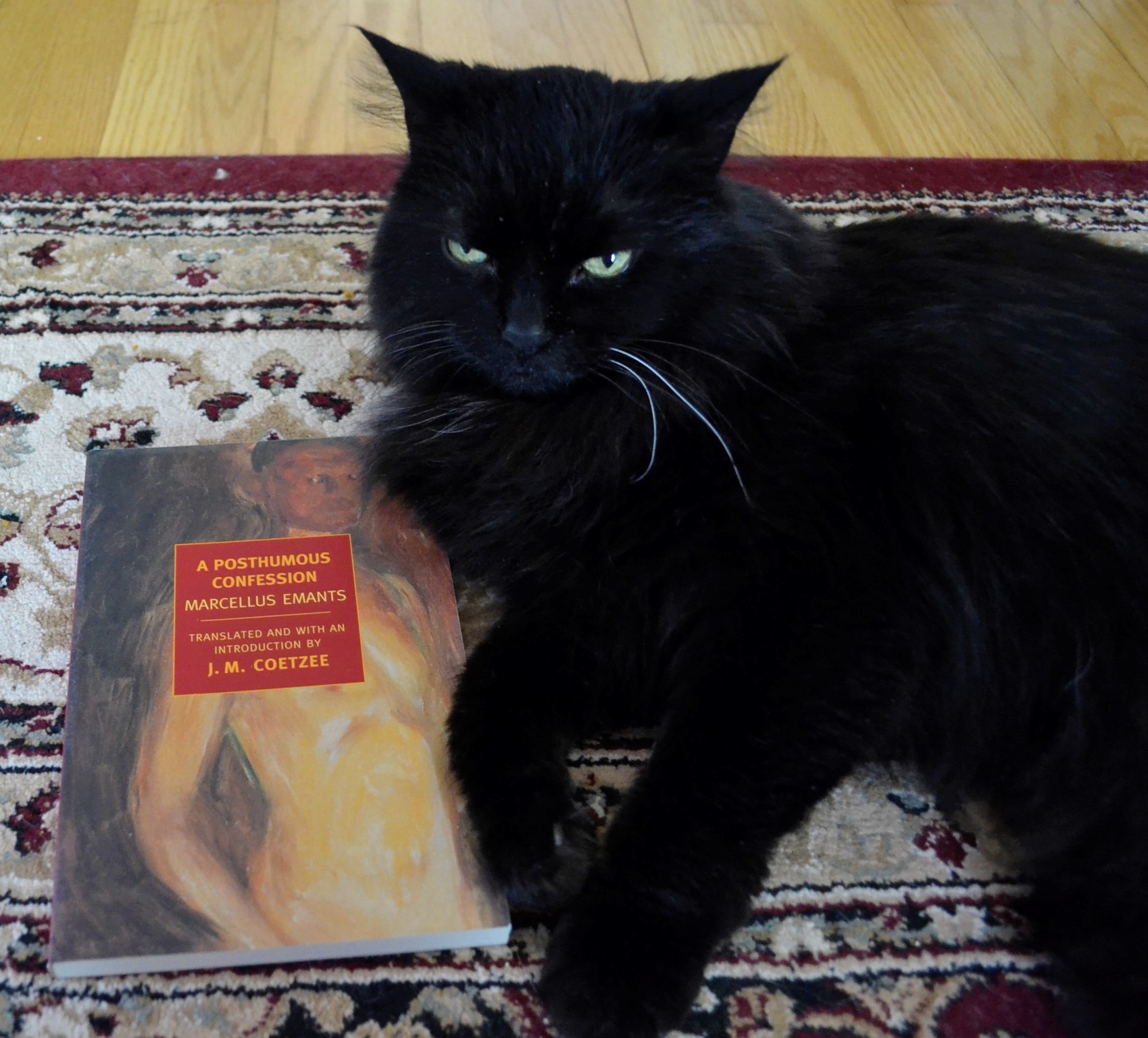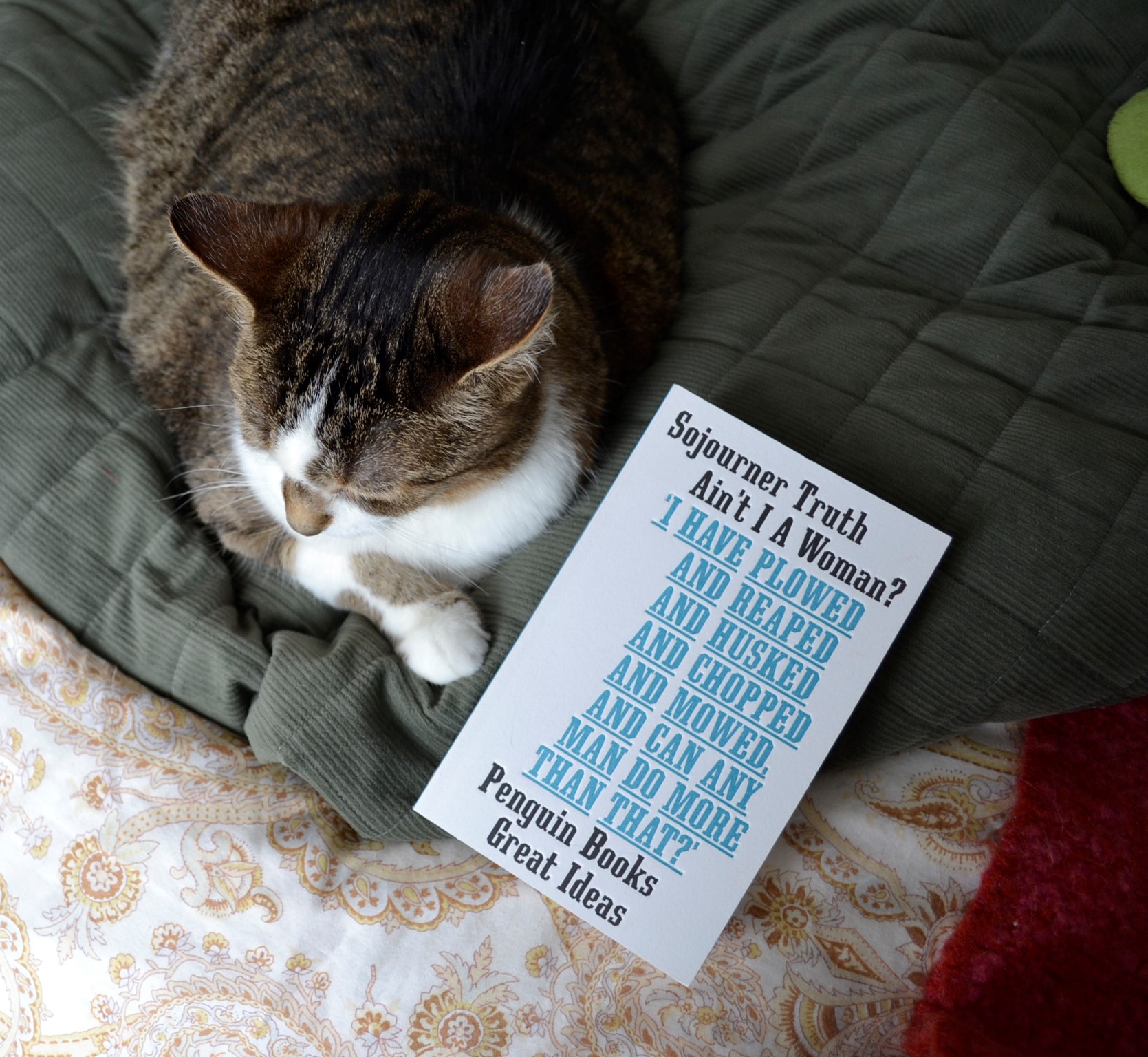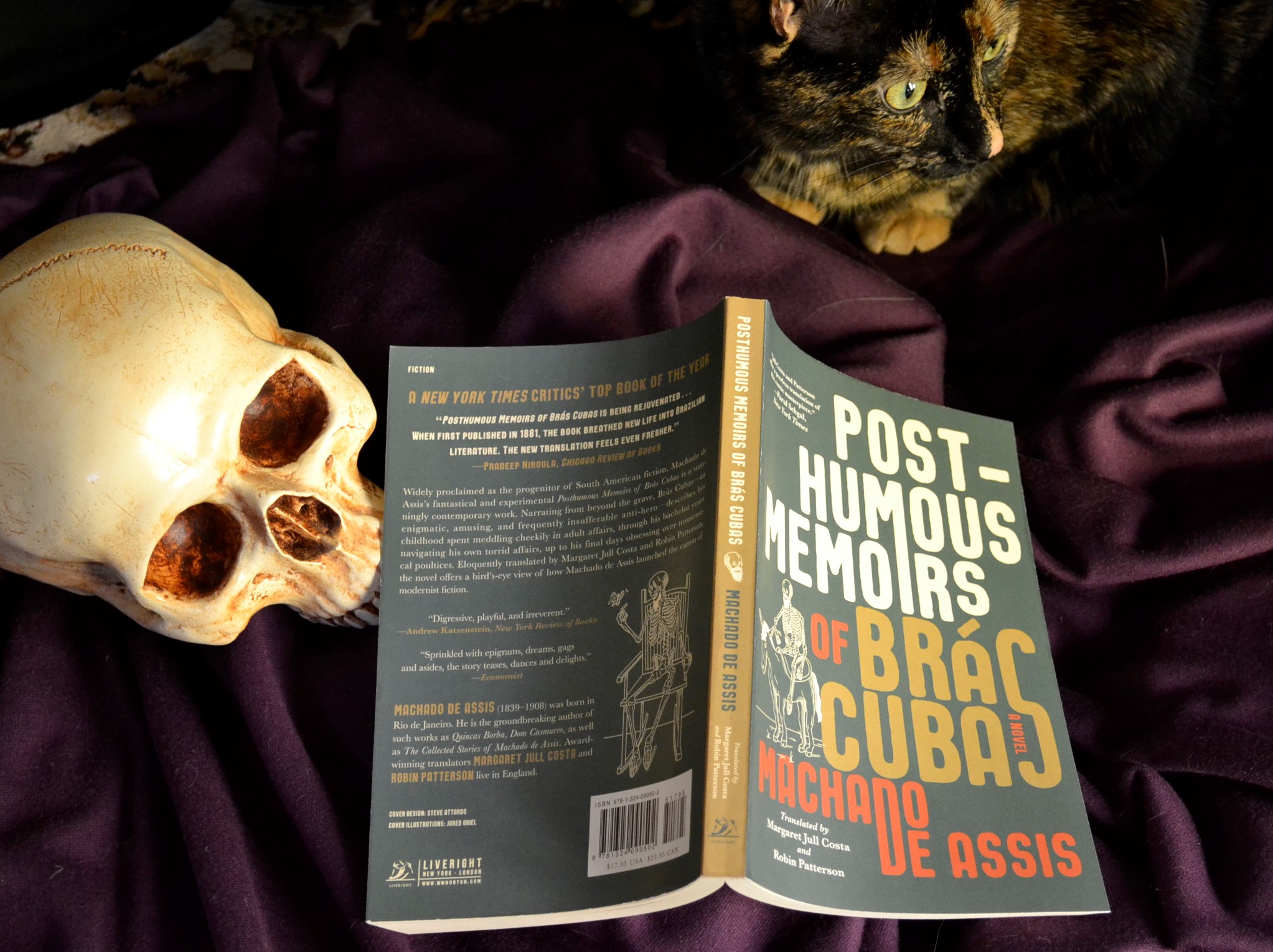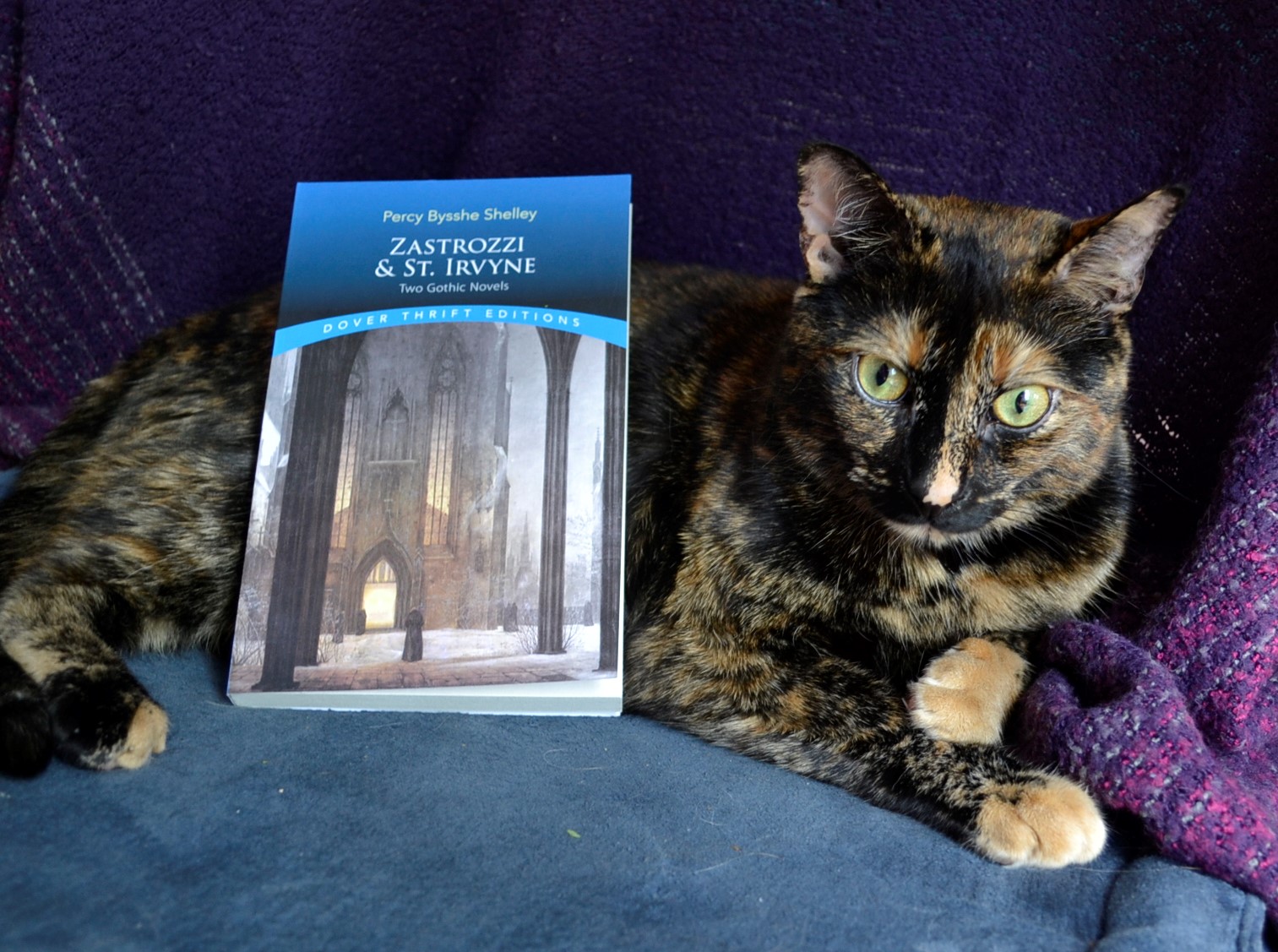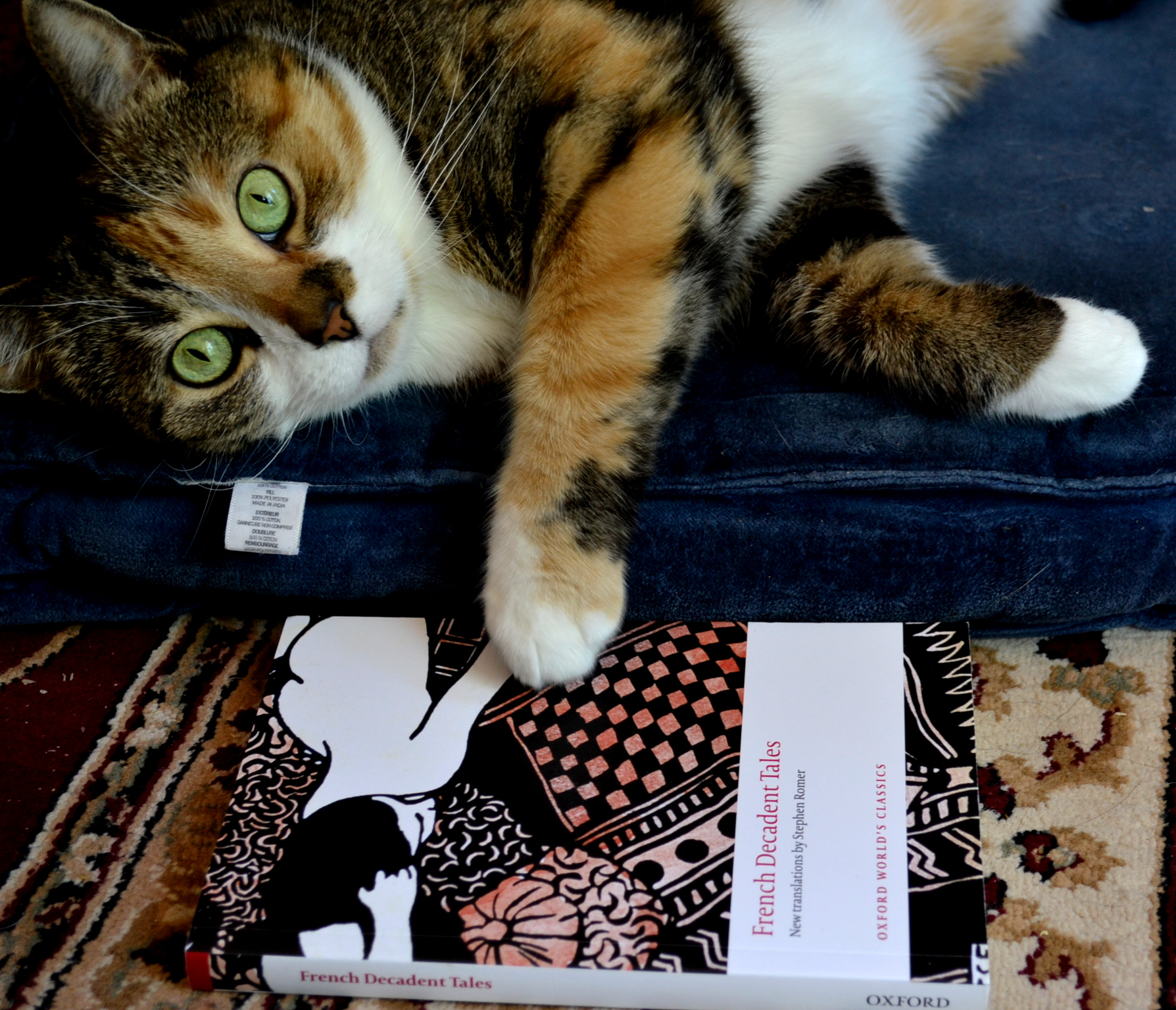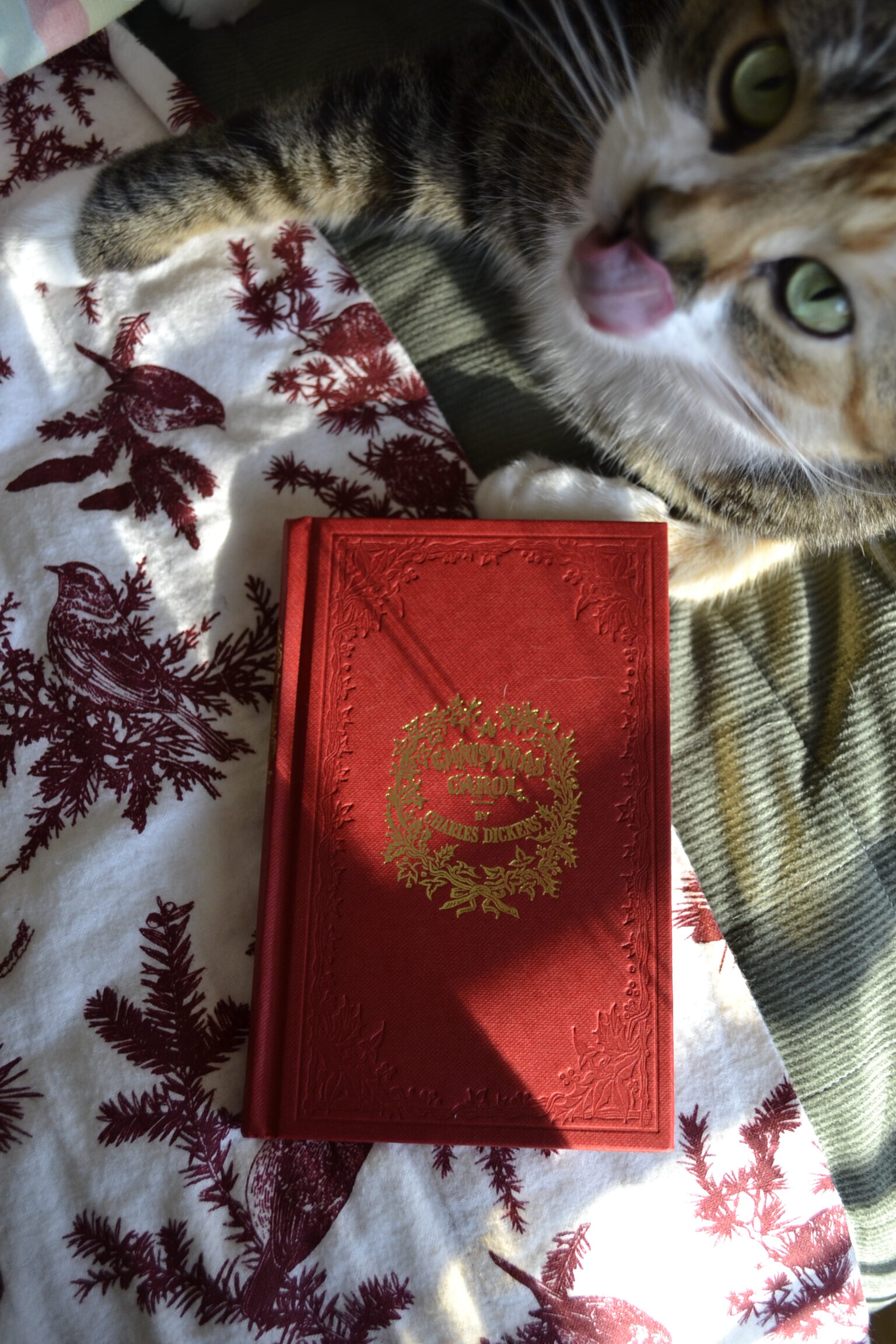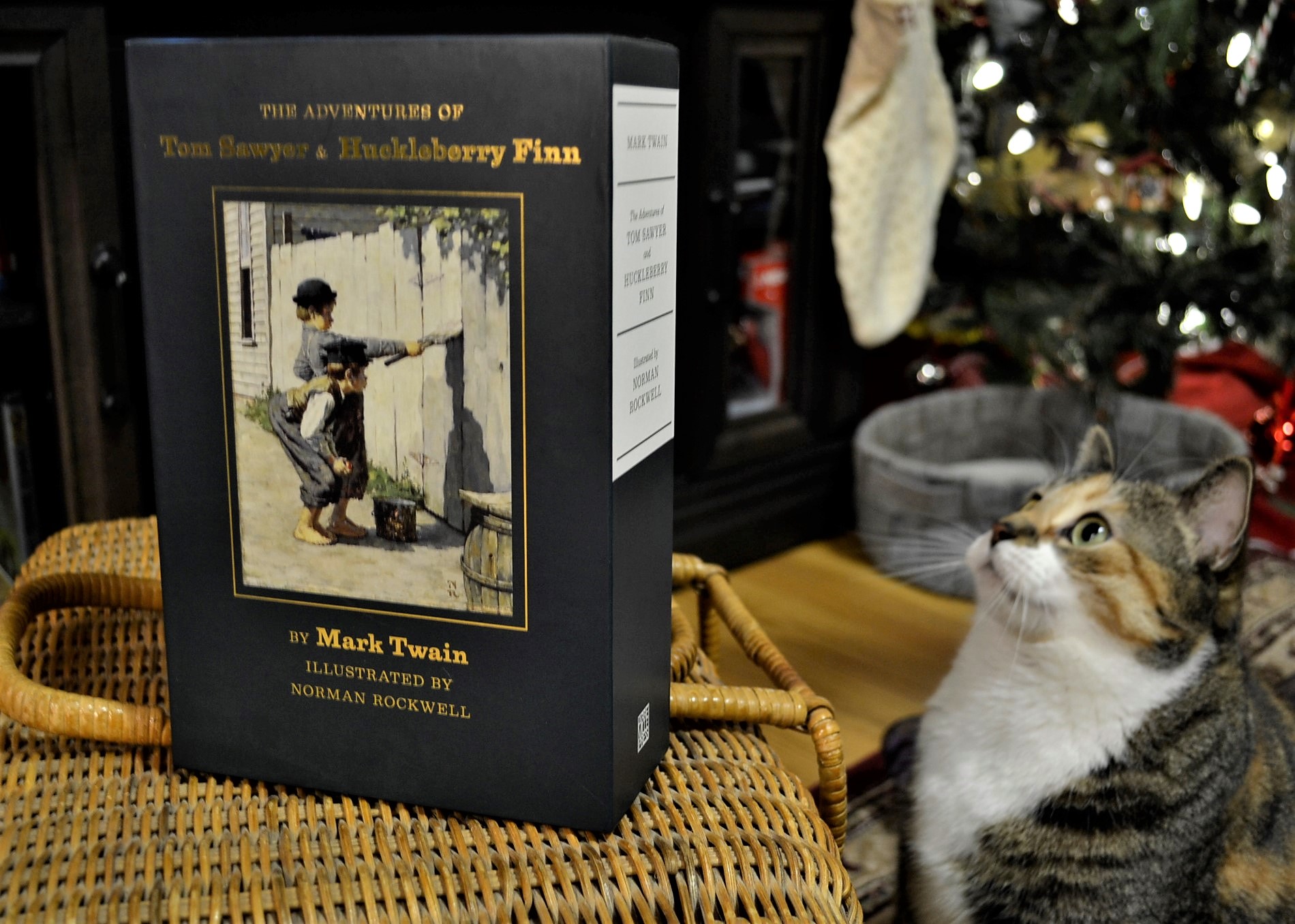White Nights and A Nervous Breakdown
Both of these volumes are perfect for a night spent inside in the warmth of the fireside. Easy to get lost in, they are easily finished in a sitting and just begging to be turned over in your head or discussed with your favourite bookish friend.
